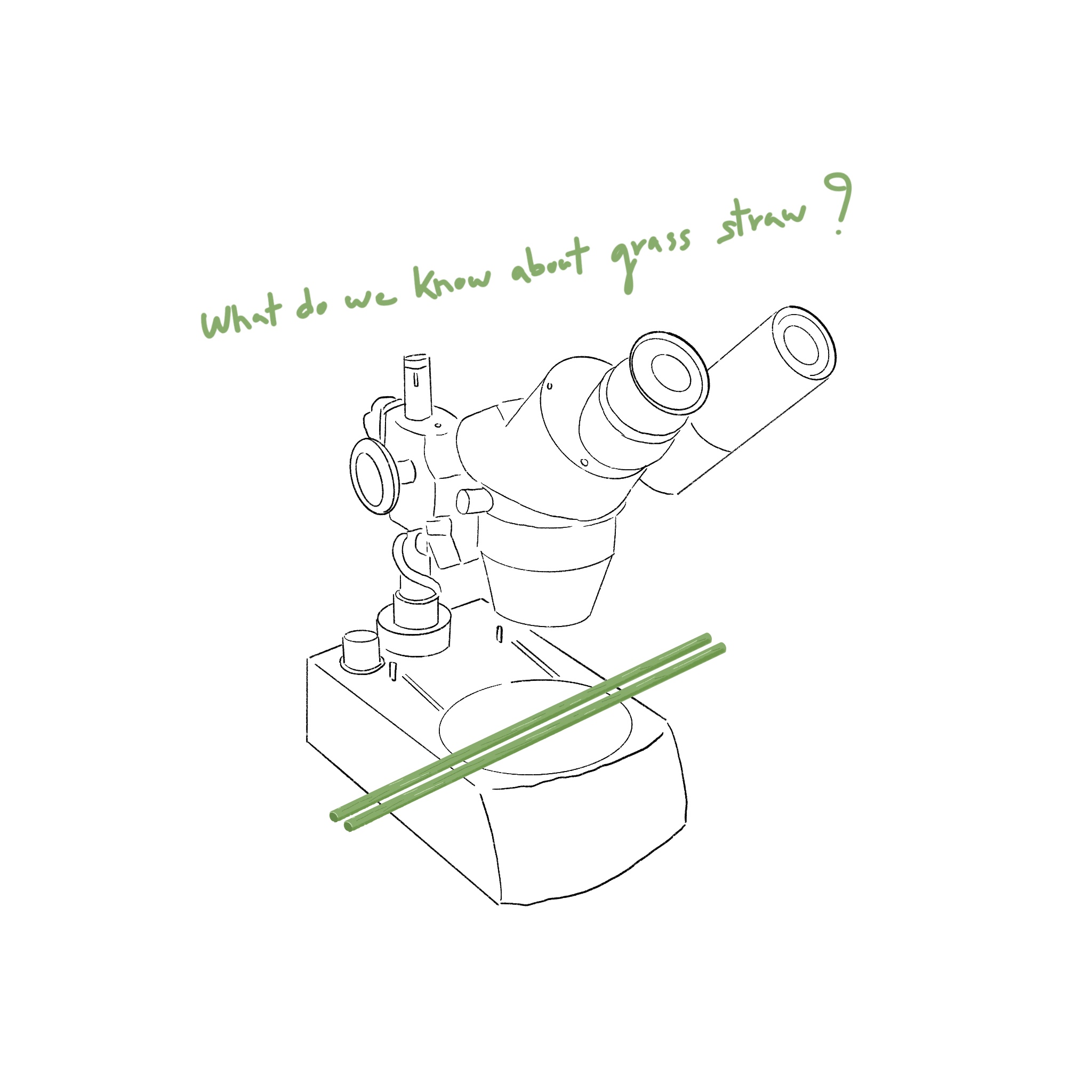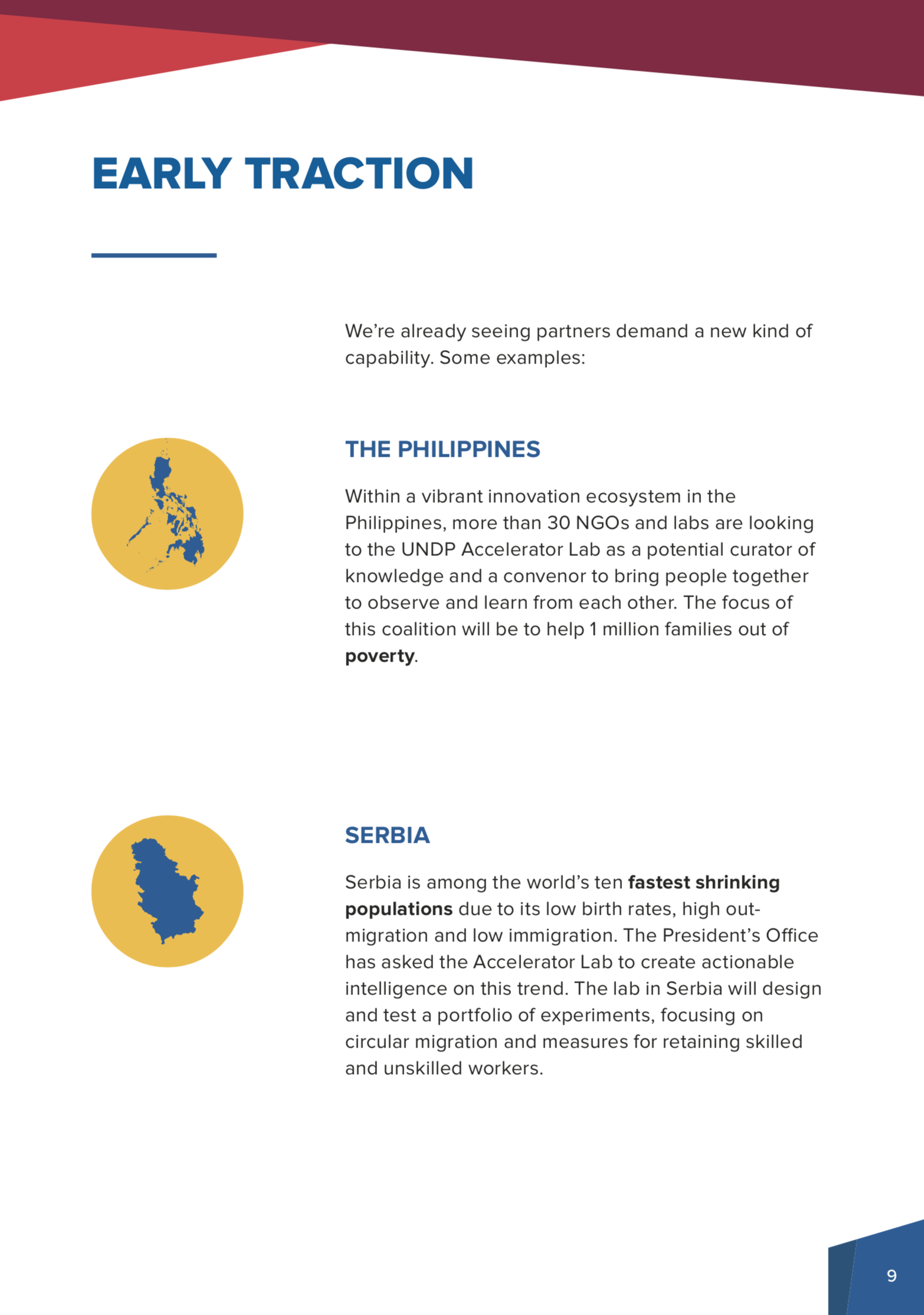Plastic straws are probably older than most of us reading this blog – they are embedded deep in our consumption behavior and have secured a place as the quickest win and most convenient solution for drinks. I’m sure coffee lovers can strongly relate.
Plastic straws have monopolized other straw alternatives thanks to their convenience. They are so entrenched in our systems that they evoke a cognitive effect in consumer behavior and are provided automatically when you order a drink. We seem to forget about ‘checking in’ and asking a few meaningful questions: Do we really need a straw? Do we even use it in the first place? We might just use it to stir ice cubes in the glass or leave it completely unused on the table.
Why Plastic Straws?
The world is moving fast. Eco-Cycle estimates that just the US alone consumes up to 500 million plastic straws per day, an average of 1.6 straws per person. This accounts for 175 billion plastic straws each year excluding all the straws attached to juice and milk cartons. Plastic takes up to 500 years to decompose, so these billions of plastic straws are building up in global landfills and ecosystems.
In parallel, Cambodia generates more than 4.09 million tons of solid waste each year. 20.9% of the waste generated by cities is plastic. Around 10 million plastic bags are used on a daily basis in Phnom Penh, according to the European Union and ACRA Foundation. In urban areas, plastic waste causes flooding by clogging drains, stemming plastic tide in the ocean if dumped into canals or rivers, respiratory health issues if burned, and microplastics in food chains. Though there is no exact number of plastic straw consumption, single-use plastic straws are widely used in various industries in Cambodia and globally ranked one of the top 5 commonly used plastic products alongside plastic boxes, plastic bags, plastic bottles, and plastic cups.
Raising public awareness and advocating for government regulation to curb plastic consumption, such as putting a fee on plastic bags used at supermarkets, are necessary steps but not the full solution. Alternatives to those plastic products are needed but are currently limited. This lack of alternatives presents a large barrier for consumers and suppliers that are willing to switch away from plastic. If there were alternatives, even just a 10% reduction of plastic straws would amount to hundreds of thousands fewer straws, leaving positive implications such as minimizing waste creation in the city and pollution to the environment.
The idea is not about choosing plastic straws over plastic bags – both are environmentally harmful and need to be addressed – neither is it just about winning the war against plastic. The goal is to start taking new approach to solve complex development challenges and develop a rapid experimentation methodology that can accelerate learning, set the stage for other to test out their hypotheses, and contribute to leveraging existing alternatives. Starting with plastic straws, we can build inferences on how to change consumption behaviour and how to create an alternative that offers better value than plastic. These inferences can then be scaled up to address other forms of plastic beyond straws.
Experiment at Scale: what do we do?
In its natural form, the “Grass Straw” is one of the best alternatives to plastic straws in terms of single-use application and biodegradable condition. We have already seen many types available in the market locally and regionally, however there is still a lack of strategic intervention and rigorous study to build consumer confidence and market opportunities. A local café owner told me, “Hygiene and safety are our top priority.” Though grass straws have proven single-use application and biodegradable condition, there are more factors to be considered – cost, hygiene, quality, and convenience.
UNDP Accelerator Labs is approaching the grass straw question from a system thinking approach, called the Accelerator Labs Learning Cycle, by carrying out an experiment on grass straws (both the imported and home-grown [yelloweyed] Xyris Indica grass straw). The experiment aims to unveil the grass straw production line, quality, hygiene, and cost, by working with suppliers and manufacturers, testing the grass straws at Cafés, getting real time feedback from end users, and distributing solid conclusions of the experiment to our 60 labs across the globe.
A brainstorming session on grass straw at UNDP, participant includes grass straw supplier, café, youth, students, and relevant partners
We decided on this experiment from various innovation tools including a brainstorming session to help capture collective intelligence from grass straw suppliers, coffee shop representatives, youth, students, and relevant organizations. Our team is exploring the entire grass straw ecosystem by going to different coffee shops and markets to identify existing alternatives, in other words to see how consumers and suppliers are already addressing the challenge of plastic straws. Next in line, we will work with Ministry of Environment and local community to pilot planting (yelloweyed) Xyris Indica grass, turn it into grass straw, and bring a prototype of this home-grown product into a coffee shop and get it tested.
Solutions are often closer and come in different forms
It is exciting that people want solutions instantly and are making great progress towards finding many possible solutions. In search of ideal solutions, we often come up with many wild ideas, great ones that fit well in different scenarios and supposed to be scalable, but will they fit the local context? How long does it take us to learn about its impact? Most important of all, has it been tested? Some of these ideas and solutions we have require both expertise and resources from other countries or an unknown world. Later we may realize we made a mistake.
Solutions led by users and locally sourced solutions are often overlooked. However, they often fit better in the context as they rise from the challenge itself. Instead of space exploration looking for new planets, we can rebuild the earth from what is left and what already exists. That said, mapping existing solutions and testing them through rapid experimentation can accelerate the speed at which we learn about what works and what does not, and inform us of crucial information to make the right refinement, just like what’s being done with grass straws.
Can I do something?
As plastic straws are spreading at high speeds around the globe every minute, we can’t wait to take action. “No plastic straw, please” is your entry point when you enter coffee shop or restaurant. If you really need one, please consider green alternative such as pasta straw, rice straw, bamboo straw, and stainless-steel straw.
If you are a coffee lover like me and cautious about the environment, share this article and write me any insight about grass straw at phynuch.thong@undp.org.
UNDP Accelerator Labs Learning Cycle, July 2019
Written by: Phynuch Thong, Head of Solutions Mapping, UNDP Accelerator Labs, Cambodia

 Locations
Locations






















